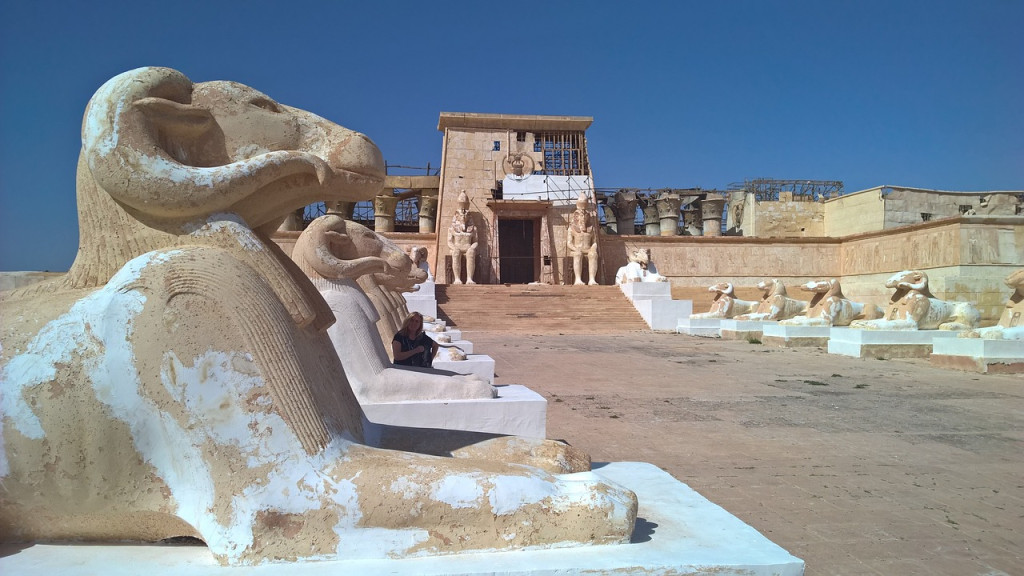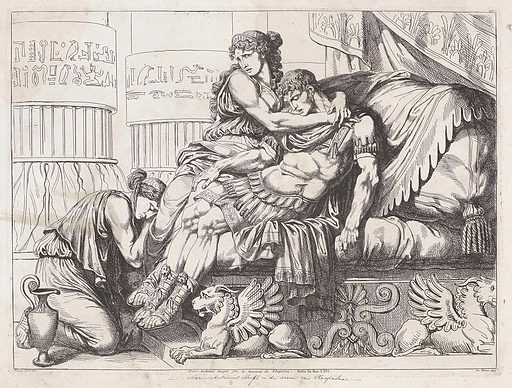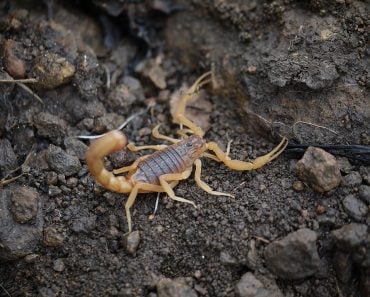There is no way to ascertain if it was a snake that killed Cleopatra, although she likely suffered death by poison.
Age cannot wither her, nor custom stale
Her infinite variety. Other women cloy
The appetites they feed, but she makes hungry
Where most she satisfies. For vilest things
Become themselves in her, that the holy priests
Bless her when she is riggish.
This how Shakespeare described Cleopatra. Needless to say, she was a big deal.
If you like romantic dramas with strong female leads and aren’t afraid of some gore sprinkled in for good measure, I’d recommend the story of Cleopatra’s life and love to you.
It has dramatic costumes, brilliant scenery, the thrill of wartime alliances and betrayals, and a tragic double suicide where the protagonist kills herself via snakebite, provided you believe Shakespeare, the writers of the film Cleopatra—in all 3 versions (1917, 1934 and 1963)—and literally any other popular depiction.

Recommended Video for you:
Who Was Cleopatra?
Cleopatra VII Philopator was the Queen of the Ptolemaic kingdom of Egypt from 51 to 30 BC. She was famous for her firm rule, wits and beauty, which captivated the hearts of Julius Caesar and later Mark Anthony. She belonged to the dynasty founded by Alexander the Great’s general Ptolemy (hence Ptolemaic) upon the former’s death, and was thus technically a Macedonian.
She supposedly embodied the femme fatale trope, what with her seductive beauty that had conquered two of the bravest Romans (see how the narrative revolves around her beauty as a woman, rather than her prowess as a ruler) that Hollywood has gone on to adopt.
How Did She Come To Be Allies And Then Lovers With Mark Anthony?
In the aftermath of Caesar’s assassination, a power struggle emerged in Rome between his assassins (Brutus and Cassius) and his supporters (Mark Anthony, Octavian and Lepidus), who were dubbed the Second Triumvirate. Both parties sought Egyptian aid in defeating the others. Cleopatra, who had been provided Roman legions by Caesar as protection, decided to send support to the latter.

The Second Triumvirate emerged victorious, and Mark Anthony invited Cleopatra to Tarsus. When she sailed into the city, in the robes of the goddess Isis, he was left enamored. This is how the (disastrous) couple came to be. Mark Anthony pledged himself to the service of Cleopatra, vowing to protect her crown and eliminate her rivals.
Did She Die Of A Snakebite?
When Cleopatra and her paramour Mark Anthony’s defeat became evident in the Battle of Actium, followed by a Roman army led by Octavian arriving at their doorsteps only a few months later, in anticipation of a cruel future in Roman hands, Cleopatra committed suicide. The pharaoh’s pride prevented her from surrendering to Octavian.

When she met with Octavian, one record states that she had asserted her unwillingness to be treated as a spoil of war, saying, “I will not be led in a triumph”. This is perhaps a reference to the rumors she had heard about being paraded in Octavian’s Triumph (her children, captured by him, certainly were), a Roman civil and religious tradition wherein the success of the general or leader who had led Rome to victory in war was publicly celebrated.
Thinking that Cleopatra had committed suicide, choosing death over defeat, Mark Anthony stabbed himself with his sword. She was, however, still alive, and only after embalming him did she actually try to kill herself. Cleopatra’s end was seemingly brought about by a venomous snake. She likely died from the bite of an asp or an Egyptian cobra. Those were both symbols with which Cleopatra was associated, the former being linked to royalty, and the latter to divinity.

Is It Possible That A Snakebite Could Have Killed Her?
The story goes that the snake, very often referred to as a cobra, was smuggled to Cleopatra in a basket of figs. She, along with her two handmaidens, then died from its bite. This theory has been refuted almost entirely, however, given that a cobra’s usual length would make it next to impossible to hide it in a basket. There was no snake found near her body, and her physician did not specify the cause of her death. There were, however, puncture wounds, according to some sources, that could have been explained by her injecting the poison through a needle.
Even if it were to have happened, the possibility of three people dying from one snake’s bite is very low, given that snakes usually only deal venomous blows in those rare circumstances when they’re in danger. Most cobra and snake bites are “dry”. It is far more probable that she died of a concoction of more efficacious and accessible poisons (a dash of hemlock, perhaps?).
The only thing we know for sure is that she committed suicide.

Conclusion
Cleopatra was a controversial figure throughout her lifetime, and has captured the imagination of the world for centuries. However, she also established herself as one of the few influential females in ancient history whose lives have not been subsumed by their relations with and to the men around them. Maneuvering her way through complex social, political and personal spheres, she was able to create an infamous niche for herself. To this day, she still holds an undeniable allure, both for her power and her legendary beauty!
References (click to expand)
- Griffiths, J. G. (1961, December). The Death of Cleopatra VII. The Journal of Egyptian Archaeology. SAGE Publications.
- SA Bowen. (2016) The case of Queen Cleopatra VII, the last pharaoh of Egypt. Group
- AE Delaney. (2014) Reading Cleopatra VII: The Crafting of a Political Persona. Kennesaw State University













